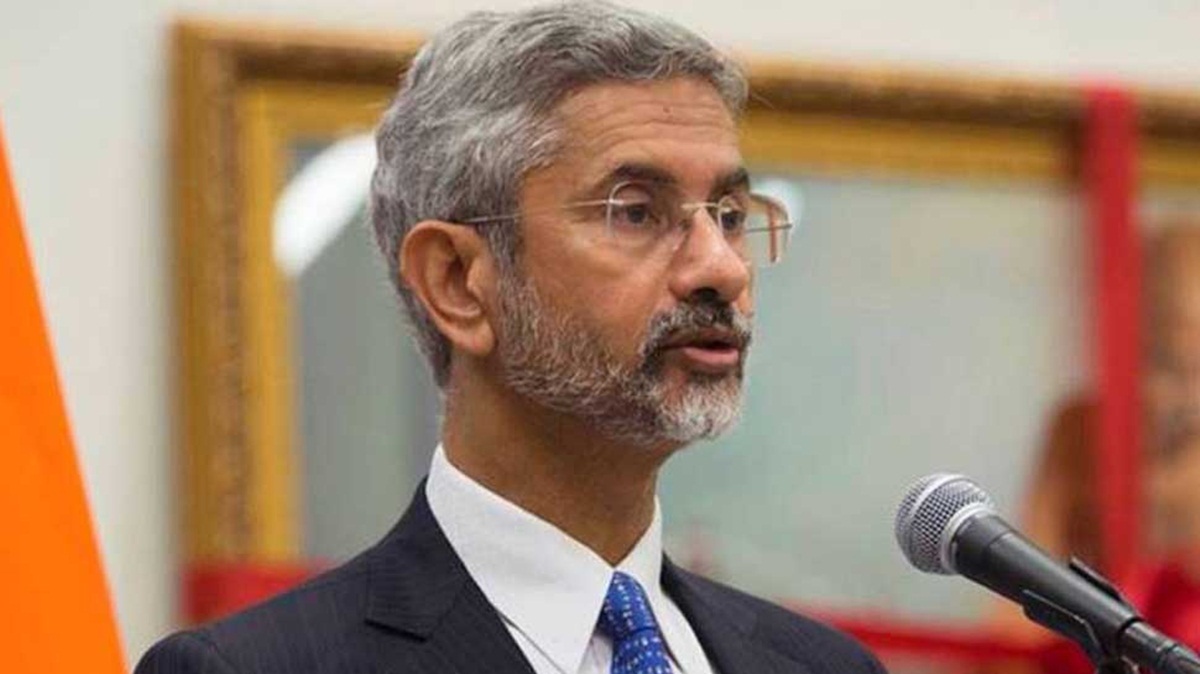X: @the_news_21
The Election Commission of India has communicated to the Centre that conducting simultaneous Lok Sabha and assembly elections in the country would entail significant costs. The estimated financial requirement for procuring new electronic voting machines (EVMs) over a 15-year period is approximately ₹10,000 crore. The shelf life of EVMs is stated to be 15 years, allowing one set of machines to be utilized for three cycles of elections if simultaneous polls are held.
For the upcoming general elections, it is projected that a total of 11.80 lakh polling stations would need to be established across India. In the context of simultaneous polls, two sets of EVMs would be required per polling station. Each set includes one control unit, one ballot unit, and one Voter Verified Paper Audit Trail (VVPAT) machine.
To meet the demands of simultaneous polls, the Election Commission would require 46,75,100 ballot units, 33,63,300 control units, and 36,62,600 VVPAT machines. The tentative cost breakdown per machine is approximately ₹7,900 for a ballot unit, ₹9,800 for a control unit, and ₹16,000 for a VVPAT machine.
The total estimated cost of procuring the required number of EVMs is a staggering ₹10,000 crore over a 15-year cycle. This includes the expenses associated with ballot units, control units, and VVPAT machines. The financial burden highlights the substantial investment needed to facilitate simultaneous elections and underscores the importance of careful budgeting and resource allocation.
The Election Commission emphasized several challenges associated with conducting simultaneous polls. In addition to the considerable financial investment, there is a need for additional polling and security personnel. Moreover, enhanced storage facilities for the EVMs and an increased number of vehicles for transportation are crucial requirements for the successful implementation of simultaneous elections.
The Election Commission has indicated that the first round of simultaneous polls could only be held in 2029. This timeline allows for the necessary preparations, including the procurement of new EVMs, training of personnel, and addressing logistical challenges. The phased approach aims to ensure the smooth execution of simultaneous elections without compromising the integrity and efficiency of the electoral process.
The prospect of simultaneous Lok Sabha and assembly elections in India presents both financial challenges and logistical complexities. The Election Commission’s estimation of ₹10,000 crore over a 15-year period underscores the need for careful planning and resource management. While the idea of simultaneous polls aims to streamline the electoral process, it is essential to address the associated costs and logistical requirements to ensure the successful implementation of this ambitious initiative in 2029 and beyond.
Also Read: Shoaib Malik Announces Marriage to Sana Javed Following ‘Khula’ Divorce from Sania Mirza






